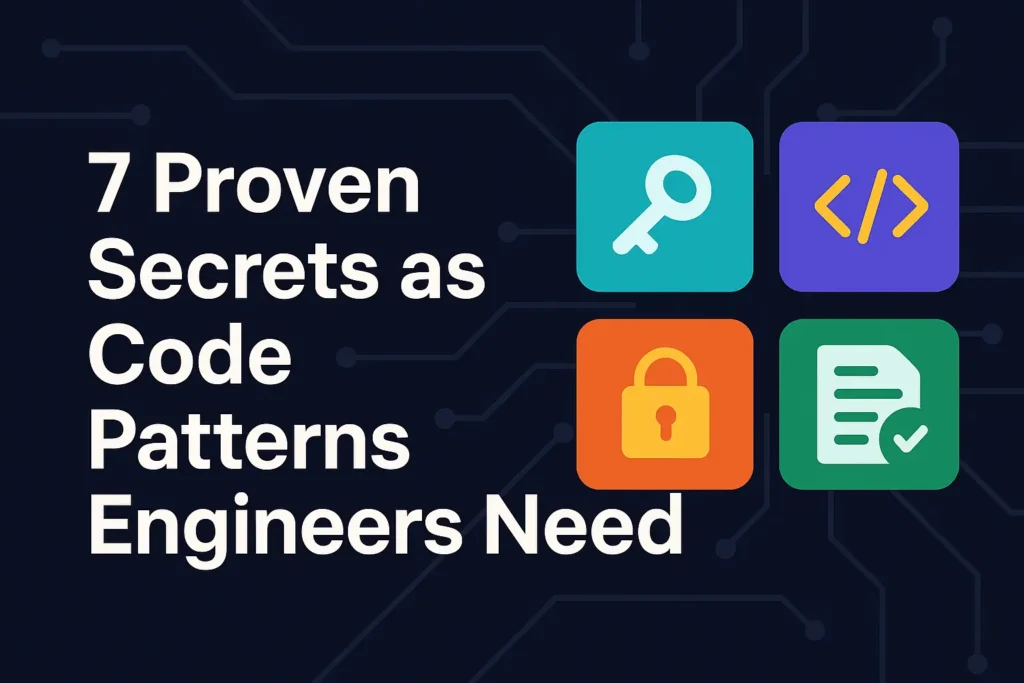7 Proven Cisco AsyncOS Zero-Day Rebuild Patterns
7 Proven Cisco AsyncOS Zero-Day Rebuild Patterns Cisco Secure Email Zero-Day Reality: When an email security appliance is actively exploited, you must assume persistence and prioritize isolation + clean restoration. This post gives engineering leaders a practical “appliance as immutable infrastructure” playbook: versioned configs, repeatable rebuilds, and a monitored management plane—so the next Cisco AsyncOS […]
7 Proven Cisco AsyncOS Zero-Day Rebuild Patterns Read More »









